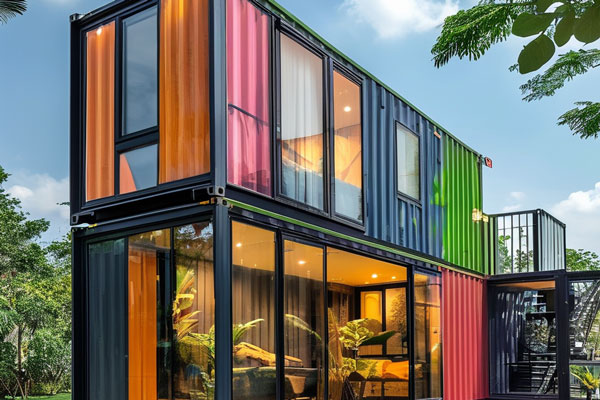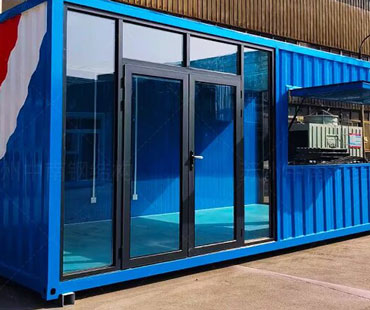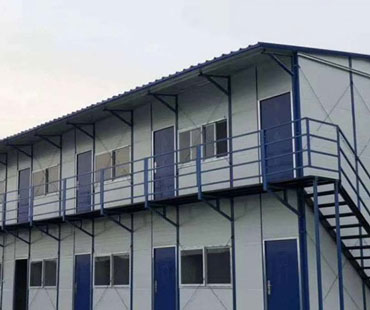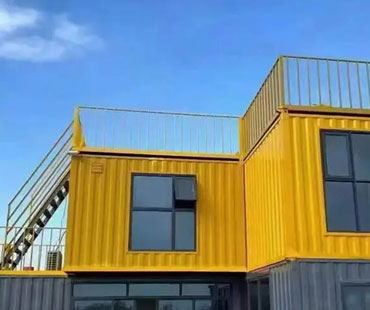In recent years, the concept of container homes has gained significant traction across the globe, and China is at the forefront of this innovative movement. As urbanization continues to accelerate in cities like Beijing, Shanghai, and Shenzhen, the demand for affordable housing solutions has never been more pressing. Container homes represent a groundbreaking approach to addressing this challenge, offering a unique blend of sustainability, cost-effectiveness, and versatility.
Container homes are built using repurposed shipping containers, which are both durable and readily available due to the booming global trade. In China, where rapid urban development often leads to a housing crisis, these structures provide a practical solution. They can be quickly assembled, customized, and relocated, making them ideal for urban environments where space is limited and construction timelines are tight.
One of the most compelling advantages of container homes is their affordability. Traditional housing construction can be prohibitively expensive, often making homeownership an unattainable dream for many urban residents. In contrast, container homes are significantly cheaper to produce and maintain. The use of recycled materials reduces costs, while the speed of construction minimizes labor expenses. As a result, these homes can be offered at prices that are accessible to a wider range of people, providing a viable path to homeownership for young professionals and low-income families alike.

In an era where environmental concerns are paramount, container homes offer a sustainable alternative to conventional housing. The use of repurposed shipping containers reduces waste and promotes recycling, aligning with China’s goals of reducing its carbon footprint. Additionally, many container homes incorporate green technologies, such as solar panels and rainwater harvesting systems, further enhancing their eco-friendliness. This integration of sustainable practices not only benefits the environment but also helps homeowners save on energy and utility costs in the long run.
Container homes are highly versatile and can be customized to fit a variety of needs and preferences. Architects and designers can create unique layouts and designs that reflect individual lifestyles, whether it’s a compact studio for a single professional or a multi-container family home. This flexibility allows for innovative designs that can adapt to different geographical locations and climate conditions, making container homes suitable for diverse environments across China.
Despite their many advantages, container homes also face challenges. Building codes and zoning regulations in urban areas can pose obstacles to their widespread adoption. However, many local governments are beginning to recognize the potential of container homes as a solution to housing shortages and are working to create more favorable regulations. Furthermore, public perception can be a barrier, as some people may associate container homes with temporary housing or low-quality construction. Education and awareness campaigns can help shift these perceptions, highlighting the quality and aesthetic appeal of modern container homes.
As China continues to grapple with the complexities of urbanization, container homes offer a promising solution to the affordable housing crisis. By embracing this innovative approach, cities can provide residents with sustainable, cost-effective, and stylish living options. The potential for container homes to address housing shortages while promoting environmental sustainability makes them a key player in the future of urban living in China.
In conclusion, container homes in China represent more than just a housing trend; they embody a revolutionary approach to solving one of the most pressing issues of our time. With continued investment, innovation, and community support, container homes are set to transform the landscape of urban living, providing a beacon of hope for affordable housing in the years to come.


